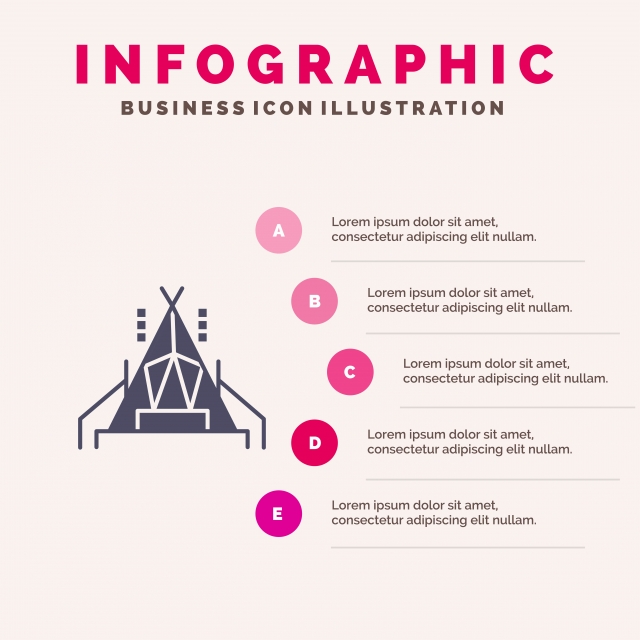A four-season camping tent is optimal for wintertime mountain outdoor camping or cool climates where snow and wind are a given. Premium four-season camping tents use premium insulation and climate resistance for protection in extreme problems.
Efficient four-season tents utilize building and construction quality greater than raw R-values. Find out exactly how inflexible foam, polystyrene, and other materials maintain these outdoors tents warmer and drier.
Fiberglass Insulation
Fiberglass insulation is a preferred option for home owners and DIYers wanting to boost their home's power efficiency. Made from recycled glass and sand, fiberglass is non-combustible and does not require additional fire-retardant treatment for household usage.
It is usually a pink-tinted product that can be mounted in lots of types, including attic rooms, crawl space joists, and cellar walls. It's readily available in covering form, called "batts," and is offered in bags including standard pre-cut sizes and widths. Encountered or unfaced batts can be placed in between joists, while an attic covering of loose-fill fiberglass can cover a room's flooring to weaken audio transmission between floors in two-story homes.
Fiberglass' shielding power is measured by its R-Value, which indicates the product's ability to withstand heat circulation. A higher R-Value suggests greater shielding ability. This R-Value depends on the environment zone in which an individual lives; seek advice from a local structure supply company to figure out the specific R-Value that will certainly achieve optimal results in your area.
Polystyrene Insulation
In addition to being a great thermal insulator, polystyrene insulation can give shock absorption and wetness resistance. It is additionally light-weight and low-cost, making it a popular selection for residential applications. Nevertheless, there are some drawbacks to polystyrene insulation.
One of the major issues is that it has a tendency to absorb water, which can jeopardize its shielding properties. Expanded polystyrene insulation has a water vapor permeance of concerning 2-4%, which is higher than a lot of various other types of insulation.
An additional issue is that polystyrene can melt when revealed to flame. This can produce dangerous liquified insulation that may drip and spread out fire throughout the framework. To avoid this trouble, you must use a fire-resistant polyiso board instead of expanding foam. Fabco Thermal Insulation Factory offers polyiso insulation solutions that meet the demands of modern-day household building and construction. This insulation protects against warmth loss with structures and enhances home energy efficiency. It is also immune to dampness and has a high R-value per inch.
Styrofoam Insulation
Styrofoam insulation is light-weight and protecting, keeping your camper warm in harsh weather. It is also moisture immune, suggesting it will not warp or deteriorate when exposed to damp conditions.
Many individuals make use of the term "styrofoam" to describe a range of white foam packaging and non reusable mugs, however true styrofoam is closed-cell extruded polystyrene foam that is trademarked as Styrofoam brand name XPS insulation. These stiff foam boards are usually blue or pink and have a distinctive appearance.
This insulation is a preferred option in building and shipping due to its shock-absorbing properties. It is additionally a preferred for packaging food and drinks because of its ability to retain heat. In addition, styrofoam is very economical, making it a fantastic option for makers and consumers alike. Because its invention in 1941, styrofoam has established an online reputation as an ingenious structure item. In 2019, DuPont began reformulating Styrofoam to offer a low-global warming possibility (GWP) formula represented by a grey color.
Rigid Foam Insulation
Inflexible foam insulation is an ingenious reusable bag building product that uses a range of significant benefits. It secures spaces, air leakages and preserves indoor temperature level to reduce power waste and lower energy expenses. It additionally stops ice damming around structures and can help reduce condensation, mold and mildew and mildew that might trigger damages to walls.
Foam insulation can be conveniently cut with a saw and cut and snapped like drywall, making it very easy to install around blockages such as cables, junction boxes and supporting. Unlike fiberglass, stiff foam insulation is unaffected by wetness and does not change measurements or absorb water.
Foam insulation is fire-rated and does not have formaldehyde or other ingredients that can negatively influence human health. The chemistry of stiff foam insulation additionally makes it much more environmentally lasting, with high R-values saving over 40 BTUs of power for every single BTU utilized to make the item. This considerably exceeds the power saved by fiberglass insulation which sheds up to 80% of its efficiency with time.
